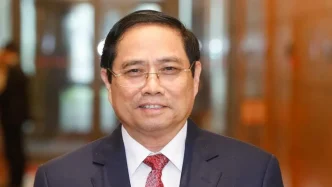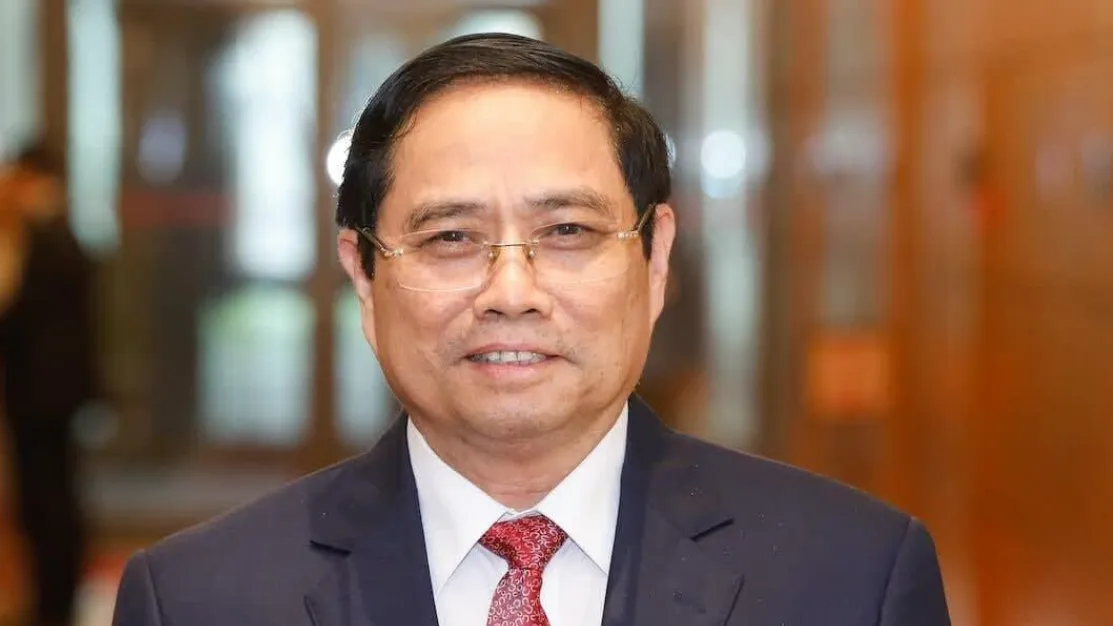Hanoi, the political heart of Vietnam, is abuzz with speculation over potential shifts in the leadership of the Communist Party of Vietnam (CPV) as the country approaches key milestones in its political calendar. On June 12, 2025, reports emerged suggesting internal discussions within the CPV about succession plans and policy directions, though no official confirmation has been provided. This development, if verified, could signal significant changes in Vietnam’s governance and its approach to both domestic reforms and international relations.
Emerging Speculation on Leadership Changes
The murmurs of a potential leadership transition within the CPV have gained traction in recent weeks, fueled by unofficial sources and public sentiment on social media platforms. While no names have been officially put forward, analysts suggest that the party may be preparing for a generational shift as it balances the need for continuity with demands for modernization. The CPV, which has governed Vietnam since reunification in 1975, traditionally maintains tight control over such discussions, making any speculation inherently uncertain.
Primary sources, including statements from the Vietnam Fatherland Front—a key political coalition allied with the CPV—have yet to address these rumors. However, a report from Vietnam News on June 12, 2025, hinted at upcoming party meetings that could set the stage for significant announcements. Until official word is released, observers are left to piece together fragmented information, with many emphasizing the importance of waiting for verified updates from government channels like na.gov.vn.
Historical Context of CPV Transitions
Vietnam’s political system operates under a collective leadership model, with key positions such as the General Secretary of the CPV, the President, and the Prime Minister often decided through internal consensus. Historically, transitions have been carefully managed to ensure stability, as seen during the 2021 National Congress when Nguyen Phu Trong was re-elected as General Secretary amid a focus on anti-corruption campaigns and economic growth.
The current speculation, if proven true, could reflect broader challenges facing the CPV, including economic pressures, regional geopolitical tensions, and domestic calls for reform. Vietnam’s rapid development over the past two decades has positioned it as a rising economic power in Southeast Asia, but this growth has also brought demands for greater transparency and adaptability in governance. How the party navigates these expectations could define its trajectory for years to come.
Domestic and International Implications
A leadership change, or even a shift in policy focus, within the CPV could have far-reaching implications for Vietnam’s domestic agenda. Key issues such as land reform, state-owned enterprise restructuring, and anti-corruption efforts remain at the forefront of public discourse. Any new direction taken by the party leadership may influence how these priorities are addressed, particularly as Vietnam seeks to maintain social stability while pursuing ambitious economic targets.
On the international stage, Vietnam has carefully balanced its relationships with major powers like China, the United States, and the European Union. A shift in leadership could prompt recalibrations in foreign policy, especially as tensions in the South China Sea persist and trade agreements like the Comprehensive and Progressive Agreement for Trans-Pacific Partnership (CPTPP) demand sustained commitment. Analysts note that Vietnam’s diplomatic stance has often been shaped by the personal styles of its leaders, though the CPV’s overarching ideology of independence and self-reliance is likely to remain unchanged.
Public Sentiment and Economic Factors
Public reaction to the speculation has been mixed, with some Vietnamese citizens expressing cautious optimism about potential reforms while others remain skeptical of meaningful change. Posts on X reflect a range of opinions, with users like @VietnamWatcher questioning whether a new leadership lineup would prioritize economic inequality—a growing concern as urban-rural disparities widen. Others highlight the need for stronger environmental policies, given Vietnam’s vulnerability to climate change impacts like rising sea levels in the Mekong Delta.
Economic considerations are also central to the discussion. Vietnam’s GDP growth has been robust in recent years, but inflationary pressures and global supply chain disruptions have raised concerns. A recent report indicated that infrastructure projects in Ho Chi Minh City and Hanoi, costing billions of Vietnamese Dong (with estimates around 50 billion VND, approximately US$2 million as of June 12, 2025), could face delays if political uncertainty affects funding decisions. While no direct link between the leadership speculation and these projects has been confirmed, the potential for policy shifts adds an extra layer of complexity to economic planning.
Challenges of Verification in a Closed System
One of the primary challenges in reporting on Vietnam’s political developments is the opacity of the CPV’s decision-making process. Unlike more open political systems, Vietnam’s leadership discussions often occur behind closed doors, with public announcements serving as the primary source of information. This lack of transparency makes it difficult to separate fact from rumor, a reality acknowledged by international observers and local journalists alike.
For now, the absence of official statements means that any analysis must be framed with caution. As noted by a Hanoi-based policy expert in a discussion with Reuters on June 12, 2025, “We can only speculate based on past patterns, but the CPV has a history of surprising even the most seasoned analysts” said the expert. This sentiment underscores the need for patience and rigorous verification before drawing conclusions about the future of Vietnam’s leadership.
Broader Regional Context
Vietnam’s potential political shifts do not occur in isolation. Across Southeast Asia, countries like Thailand, Myanmar, and Cambodia are grappling with their own governance challenges, from military influence to democratic backsliding. Vietnam’s stability has often been seen as a counterpoint to regional volatility, but any internal uncertainty could ripple outward, affecting ASEAN cohesion and economic partnerships.
Moreover, Vietnam’s role as a manufacturing hub has grown in importance amid global trade realignments. Foreign investors, particularly from the US and Japan, are closely monitoring the country’s political climate for signs of risk or opportunity. A stable transition, if one is indeed on the horizon, could reinforce confidence in Vietnam’s long-term prospects, while unexpected disruptions might prompt hesitation.
Looking Ahead
As Vietnam navigates this period of speculation, the eyes of both its citizens and the international community remain fixed on Hanoi. Whether the current rumors of leadership changes materialize or fade into the background, the broader questions they raise—about governance, reform, and Vietnam’s place in the world—will continue to shape public discourse. For now, the wait for official clarity continues, with the hope that whatever path the CPV chooses, it will prioritize the needs and aspirations of the Vietnamese people.















